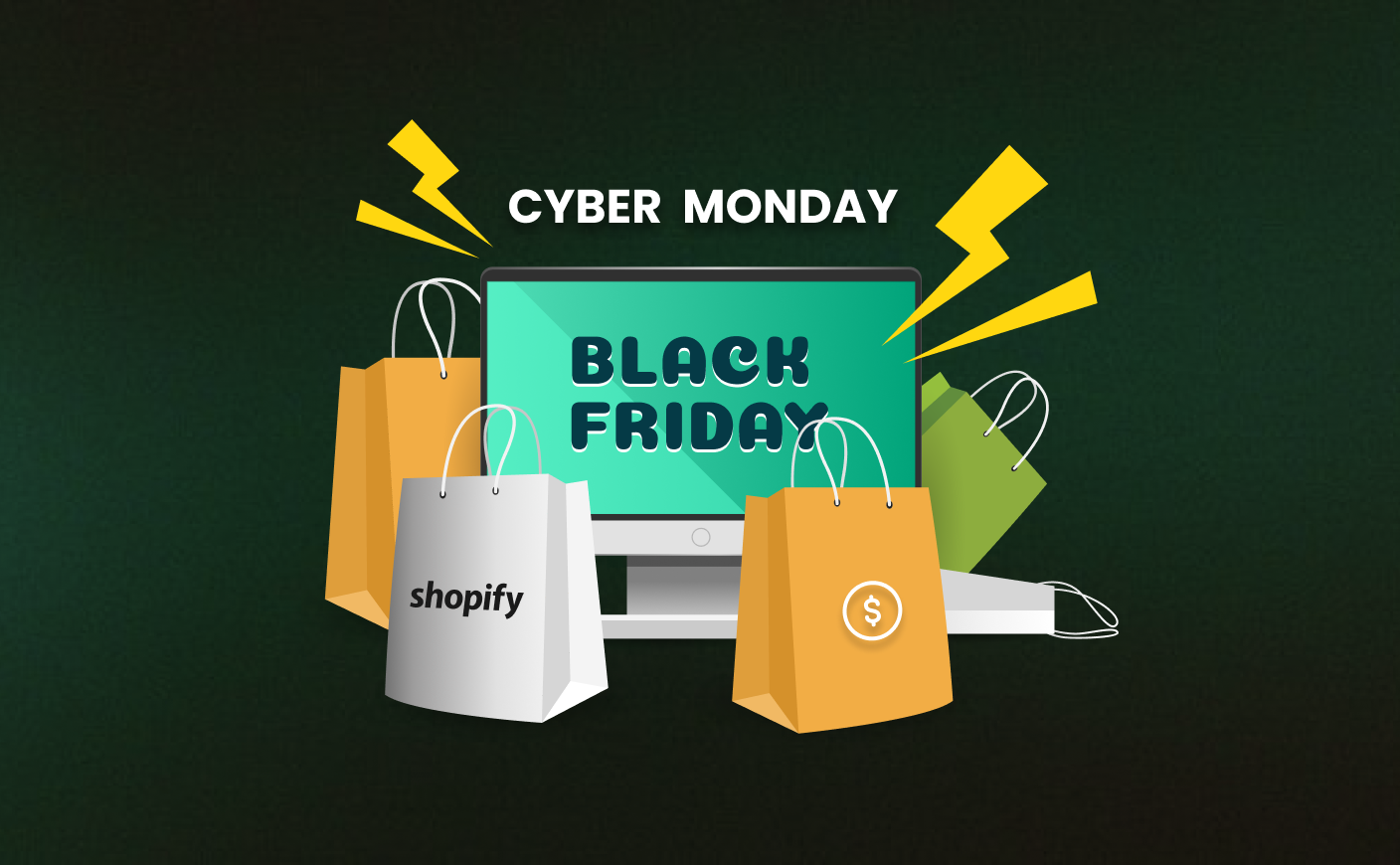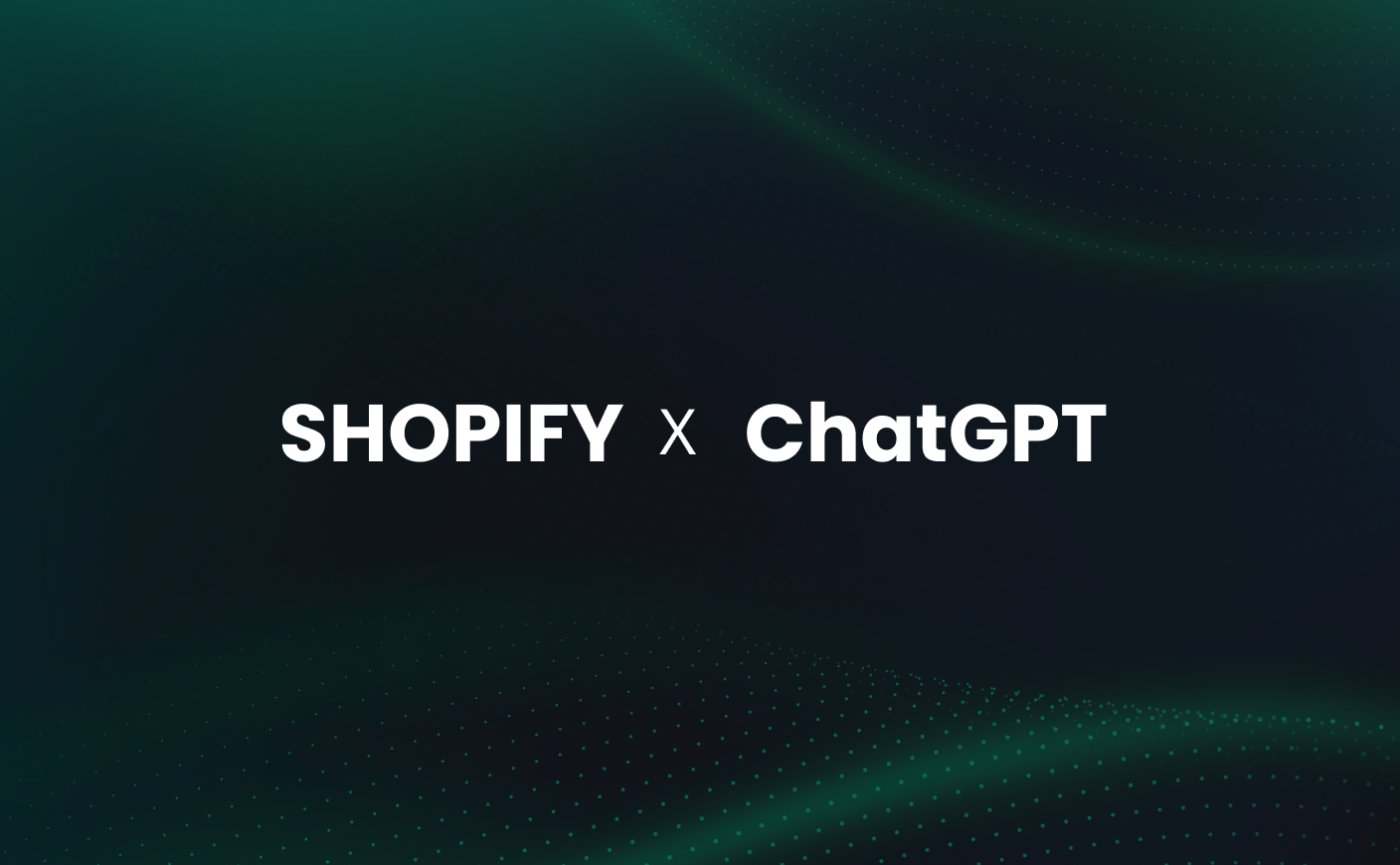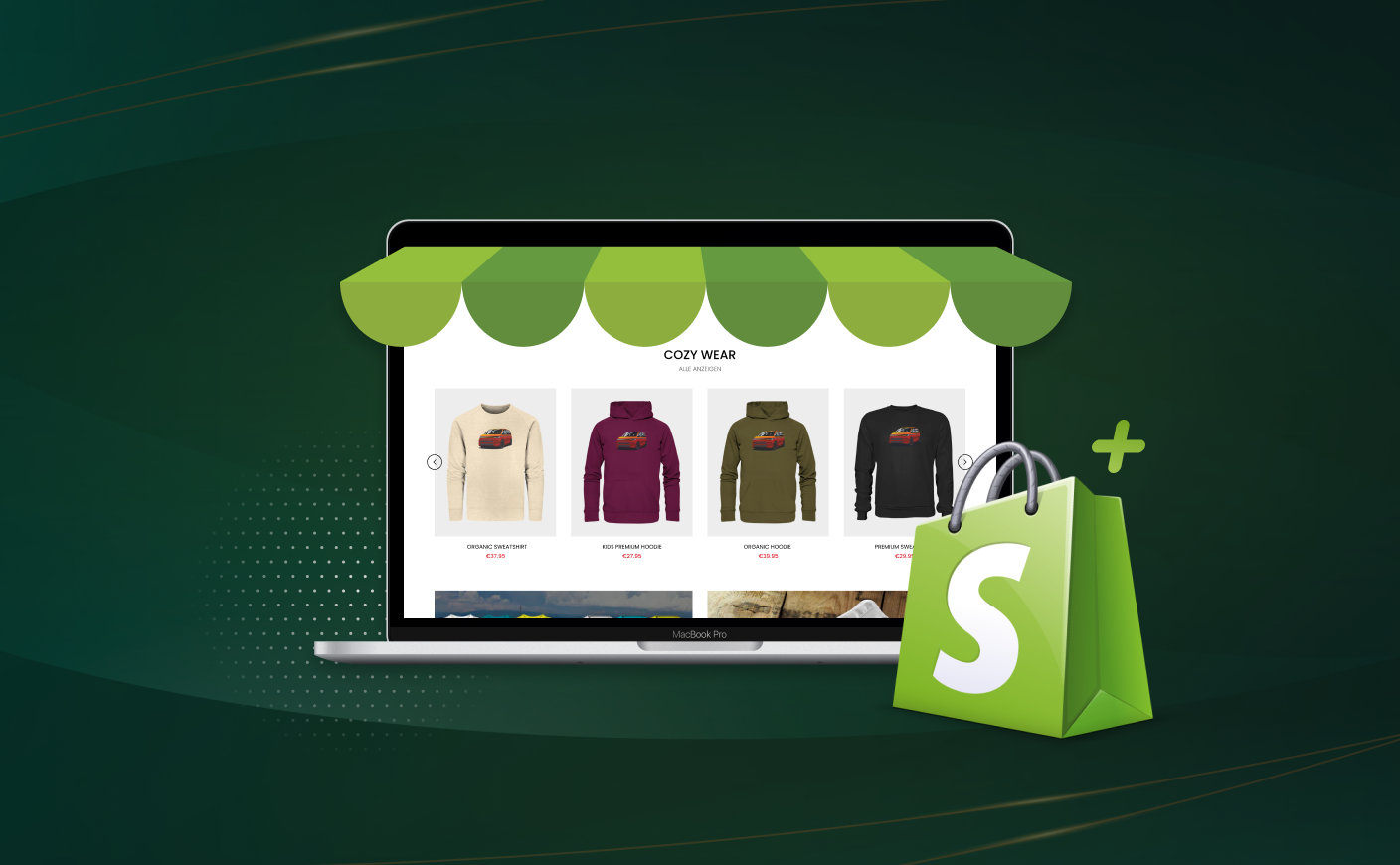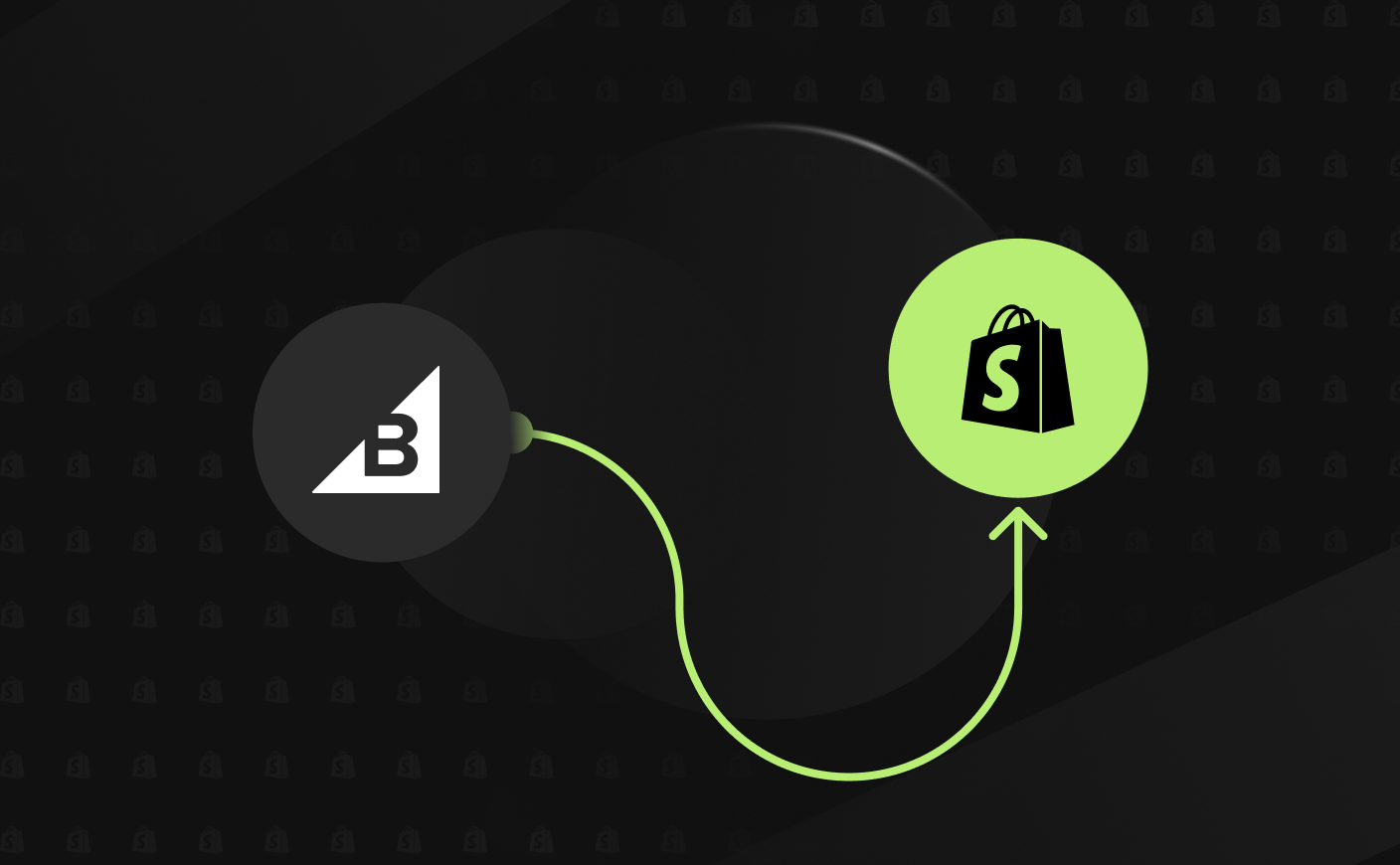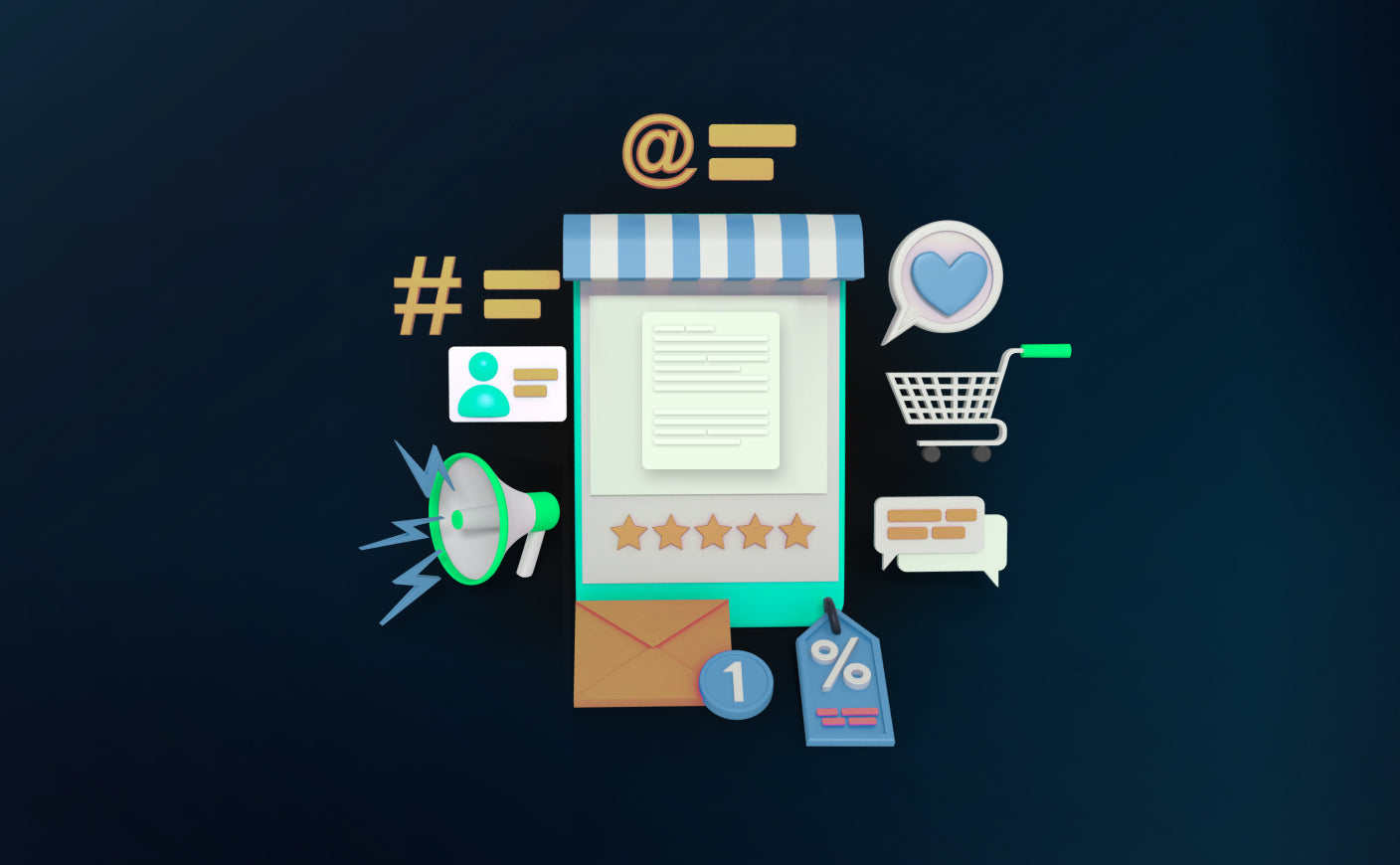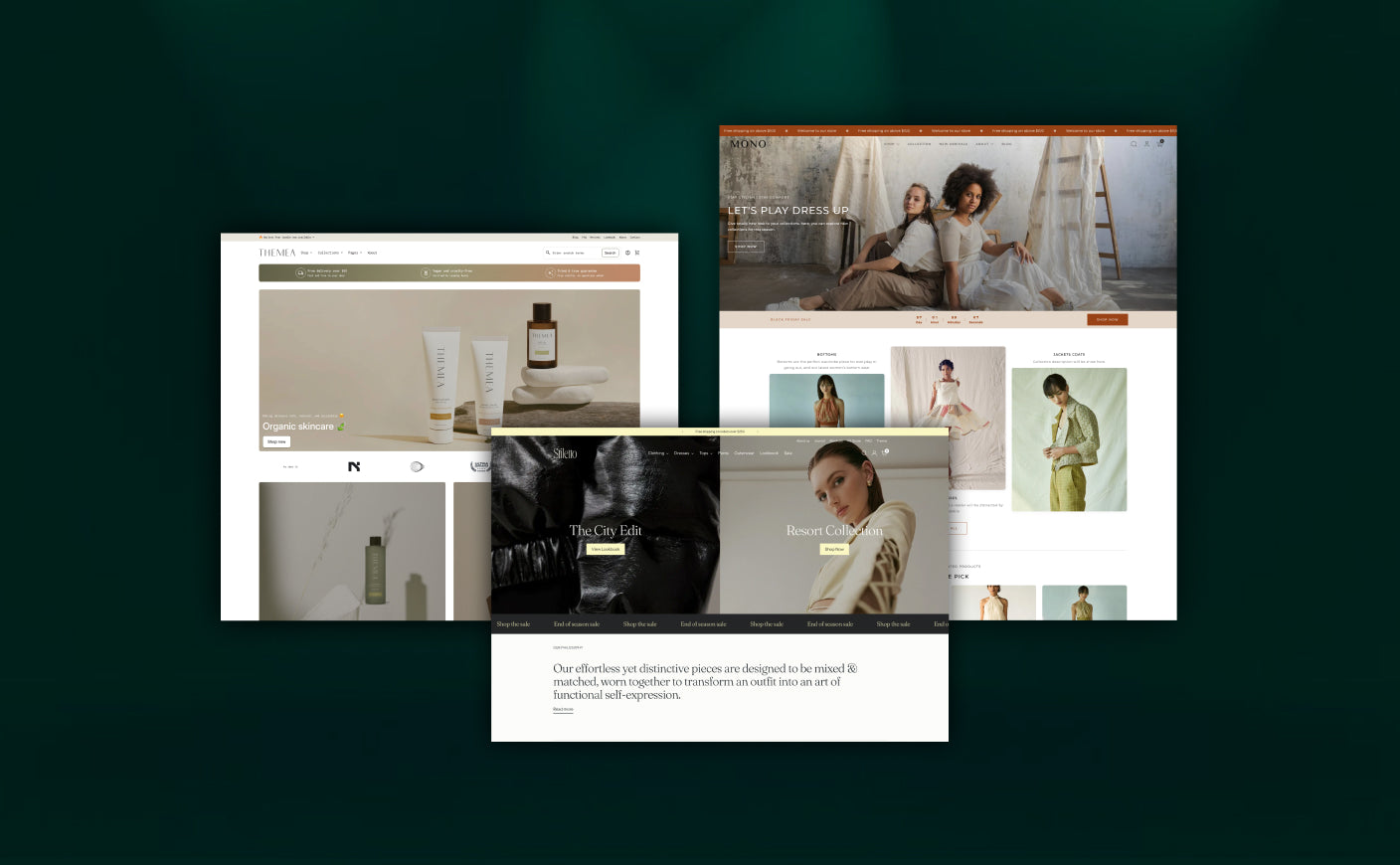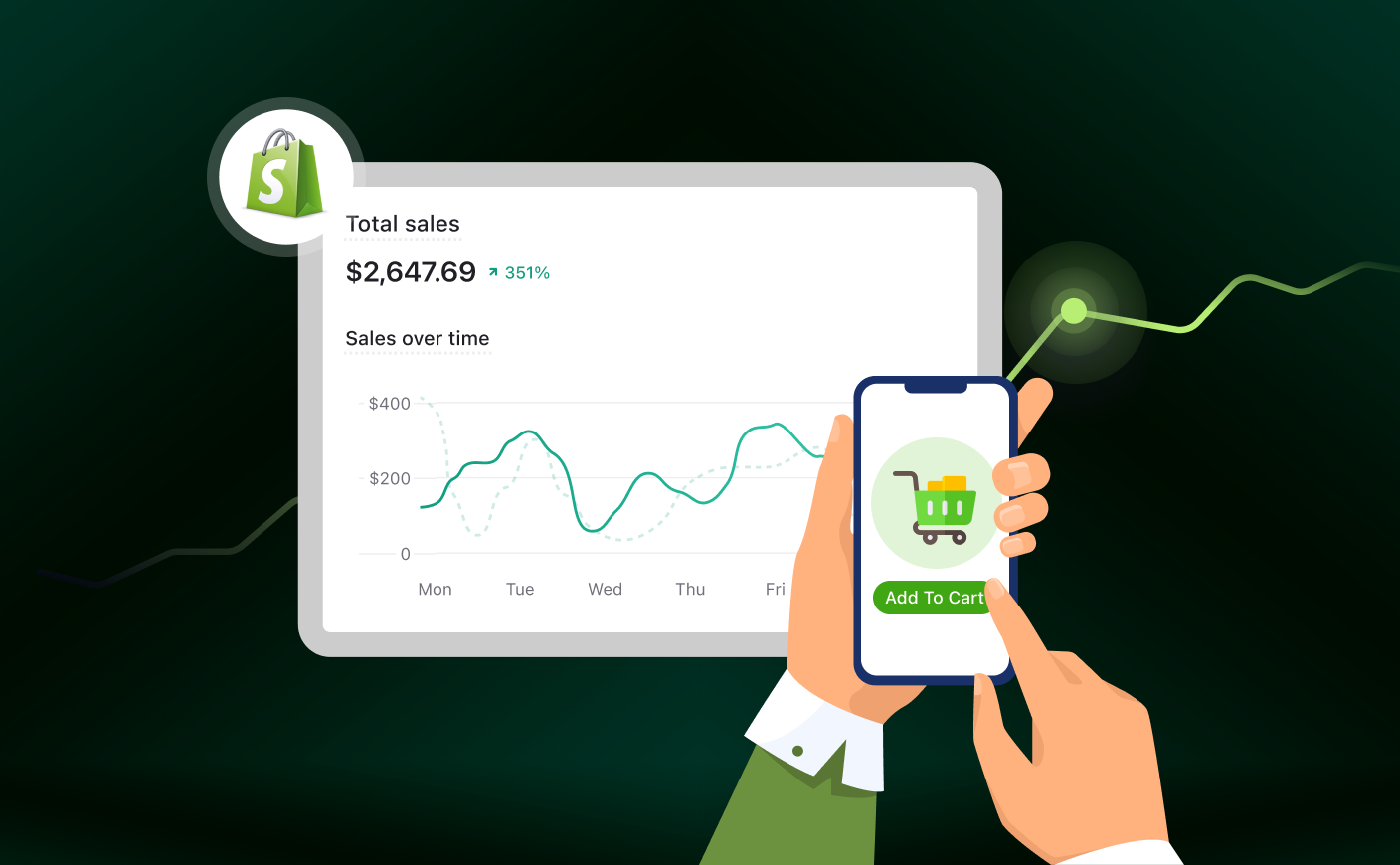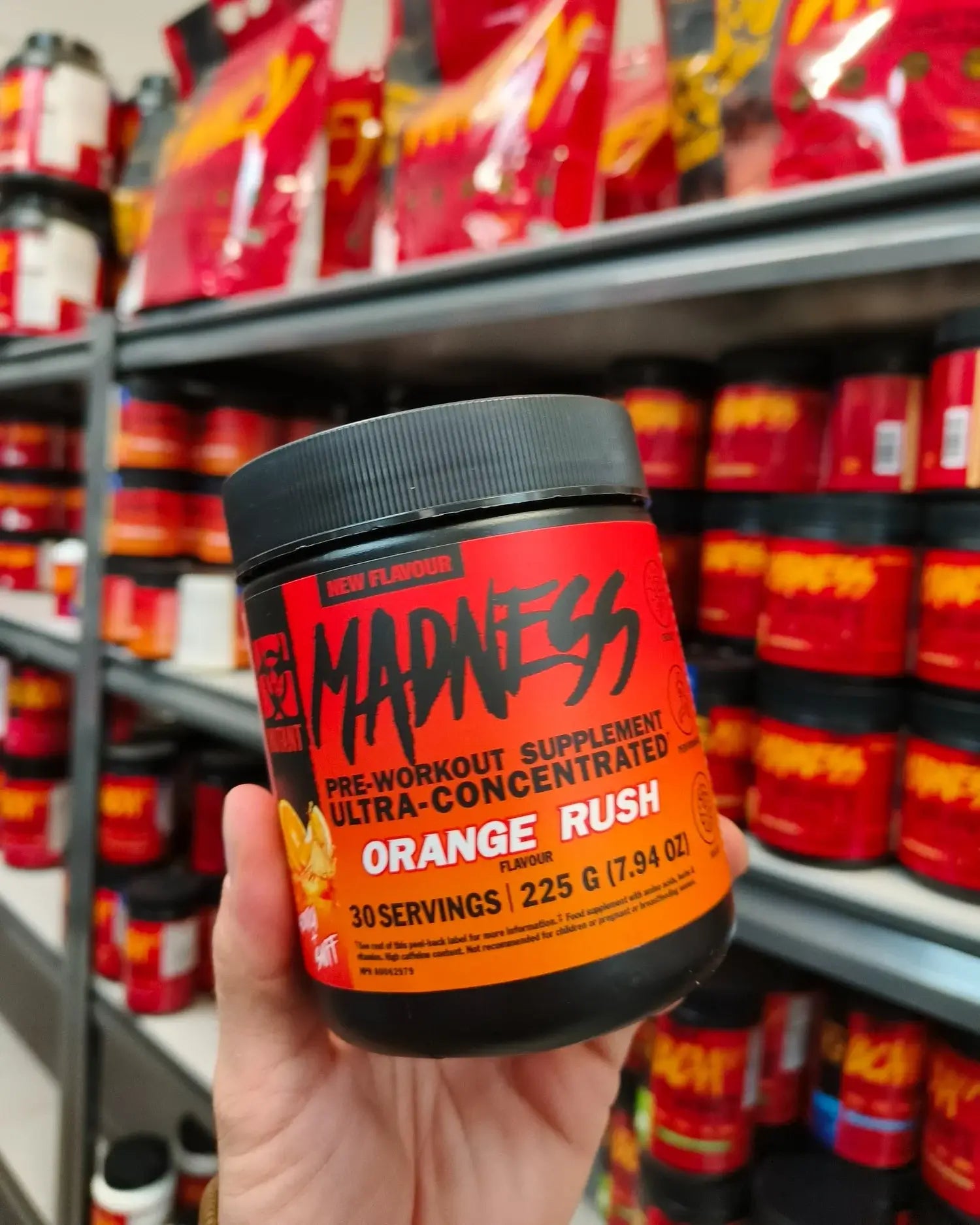BFCM Secrets Top Shopify Stores Don’t Want You to Know
shopify
Shopify Plus
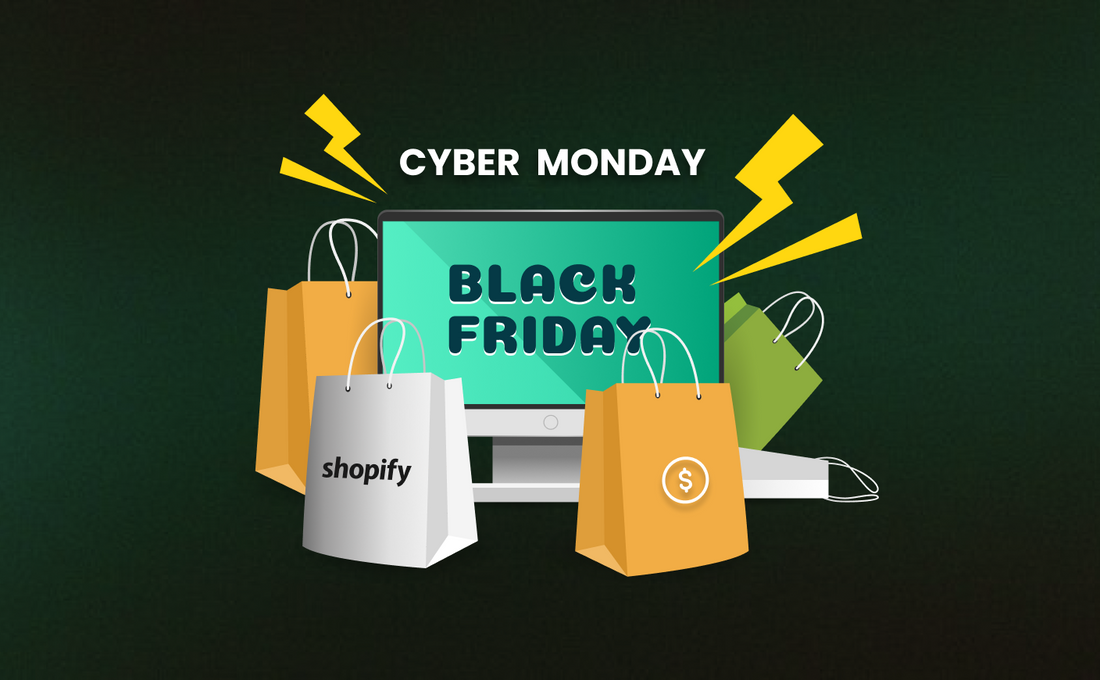
Every year, Black Friday Cyber Monday is hyped as the biggest shopping weekend on the planet. But behind the flashy discounts and countdown timers, the smartest Shopify brands are running strategies you’ll never see on the surface.
These are the hidden moves that fuel record-breaking sales while most stores scramble to keep up.
If you think success comes down to slashing prices, you’re only seeing half the picture. The real winners are playing a completely different game, one built on psychology, timing, and tactics designed to make every visitor spend more than they planned.
In this guide, we’re pulling back the curtain on the BFCM secrets top Shopify stores don’t want you to know.
Top 4 BFCM Secrets Successful Shopify Stores Rely On
The most profitable Shopify brands don’t just prepare for BFCM, they engineer it.
These four secrets reveal how they turn the busiest weekend of the year into a sales machine.
Secret #1: The 4-Tiered Offer Stack
Most Shopify stores make the mistake of thinking Black Friday Cyber Monday is all about slashing prices across the board.
However, the top stores know it is not about discounting everything but layering offers in a way that brings sales, increases average order value, and builds long-term customers.
The 4-tiered offer stack is how they do it:
The "Loss Leader with Guardrails" Strategy
The idea here is simple: pick one or two products that look expensive to your customers but cost you relatively little. Offer a jaw-dropping deal on these products, but only to a very targeted group.
For example, a store might offer 50% off a popular blender, but only to email subscribers who have viewed the product three times in the last sixty days.
In this way you are not cutting down on your profits. Instead, you are creating excitement for a small, carefully chosen segment while building your retargeting list and growing email subscriptions.
You get attention, new leads, and potential sales all without risking your entire margin.
The "Free Gift at Break-Even" Threshold
Top Shopify plus stores also know exactly how much a customer needs to spend to make the order profitable. Therefore, instead of just cutting prices, they use free gifts to push customers past that profitability point.
For example, if your break-even order value is $150, you might offer a premium accessory as a free gift when the customer spends $155.
In this way, the customer feels they are getting something valuable, but you ensure the order is profitable. This encourages shoppers to add more items to their cart without reducing your overall profit.
The Subscription and Loyalty Gated Discount Hack
The deepest discounts are reserved for customers who join your marketing ecosystem.
This includes email subscribers, SMS contacts, and loyalty program members who get exclusive deals that others cannot access.
For instance, a store might offer 40% off sitewide, but only if a customer signs up for the email list and joins the free loyalty program. This turns a one-time discount into a lasting marketing asset.
Each subscriber or loyalty member gained during BFCM can be nurtured throughout the year with new offers, product launches, and promotions. This helps you to turn a single sale into a long-term customer relationship.
Also read: What a Shopify plus agency does and why you need one
Secret #2: Dynamic Checkout Optimization
For Shopify stores doing millions in sales, the checkout is where the real profit lives. The best stores know it is not enough to just have a fast checkout. They optimize it dynamically to increase revenue after the customer has already decided to buy.
These strategies can turn a single order into multiple sales and protect your margins during the busiest shopping weekend of the year.
The Post-Purchase Funnel Multiplier
Once a customer completes their purchase, most stores consider the job done. Top Shopify stores, however, use post-purchase upsells to offer highly relevant, high-margin products immediately after payment but before the thank-you page.
Apps like OneClickUpsell make this simple.
For example, if someone buys a coffee machine, you might offer a maintenance kit or a three-pack of premium coffee pods at a special price.
Since the main transaction is already complete, customers are far more likely to say yes, making this one of the most powerful ways to increase revenue without additional traffic.
The Invisible Geo-Fenced Shipping Strategy
Shipping costs can silently eat into your profits if not managed carefully. Most online stores use geo-fencing and Shopify Scripts to adjust free shipping thresholds based on where the customer is located.
Here, instead of offering one-size-fits-all free shipping, the system calculates the actual shipping cost for that region and adjusts the minimum spend for free delivery.
For example, free shipping might start at $75 for nearby customers but $90 for distant regions. This ensures most orders stay profitable while still keeping free shipping attractive for shoppers.
Stress-Testing Beyond Page Speed: The Checkout Bot Simulator
A fast checkout page is not enough during Black Friday Cyber Monday. Most Shopify stores go further by stress-testing their entire checkout system.
Using a traffic simulator, they run hundreds of concurrent checkout attempts to see where bottlenecks occur, whether in payment gateways, third-party apps, or inventory syncing.
For example, running 500 simultaneous checkout attempts can reveal issues before the traffic spike hits. This proactive testing prevents lost sales from checkout failures and ensures a smooth experience for every customer during peak hours.
Also read: What makes a Shopify store look and sell like a luxury brand
Secret #3: Deconstructing the $0 CAC Acquisition Funnel
Top Shopify stores know that acquiring new customers during BFCM does not have to cost a fortune. The $0 CAC approach focuses on increasing sales without upfront ad spend, turning affiliates and inventory insights into a powerful engine.
Influencer Affiliate Micro-Campaign
Instead of pouring your entire budget into paid ads, you should allocate around 40% to a commission-only affiliate program for micro-influencers or loyal top-tier customers.
Provide them with a unique low-margin discount code, like 35%, and only pay commission on actual sales.
Example: A micro-influencer shares their code, brings 10 orders, and you only pay commission for those ten sales. This effectively turns the acquisition cost to zero while leveraging social proof and trust from authentic voices.
Also read: 8 Proven tips to increase your ecommerce conversion rate
Inventory-Based Ad Sculpting
Ecommerce stores adjust ad spend in real time based on inventory levels and profitability. High-margin products with ample stock should get more ad spend, while low-stock or low-margin items should be reduced or paused.
Example: Product A has 1,000 units and high margin, so ad spend increases to push more sales. Product B has 50 units and is a loss leader, so its ads are paused.
Following this approach will help you prevent wasted spend and ensure marketing dollars focus on what can generate real revenue.
Secret #4: The Post-BFCM CLV Engineering Blueprint
Top Shopify stores know that BFCM is just the start. The real money comes from turning one-time deal hunters into loyal, repeat customers.
The Post-BFCM CLV (Customer Lifetime Value) blueprint is designed to do exactly that.
The Thank You Email That Generates a Second Sale
Send a post-purchase email about seven days after delivery with a non-BFCM offer, like 15% off the next order or a free gift with a 30-day expiration.
Example: A customer who bought a skincare set receives this email a week after their package arrives. They are still excited about their first purchase, making them more likely to buy again at near full price. This captures repeat revenue while building trust.
The Pre-Holiday Retention Segment
Segment all BFCM customers into a new list immediately. Their next communication in December should focus on a Holiday Gift Guide with no discounts.
Highlight full-price bundles and product value to establish your brand’s true pricing.
Negative Feedback Loop Automation
Set up automation to respond instantly to any customer who leaves a 1- or 2-star review or requests a return or exchange. Send a personalized message via email or SMS to resolve issues and collect feedback.
Example: A customer requests an exchange for a product that arrived damaged. An automated but personalized response addresses the issue promptly, turning a potentially lost customer into a satisfied one and reducing post-BFCM churn.
Conclusion
BFCM is more than just a sales weekend. It is an opportunity to outsmart the competition and turn visitors into loyal customers. The stores that succeed are not just cutting prices. They are layering offers, optimizing every step of the buying process, and planning beyond the weekend.
Applying these strategies can help you grow revenue during BFCM and build lasting success throughout the year.
Frequently Asked Questions
How early should I start preparing my Shopify store for BFCM?
Top stores start planning at least 6–8 weeks before BFCM. Early preparation allows time for creating offers, testing checkout flows, segmenting customers, and setting up post-purchase campaigns.
Are these BFCM strategies suitable for small Shopify stores too?
Yes. While some tactics are used by large stores, small stores can adapt them at scale. For example, targeted email offers, simple post-purchase upsells, and inventory-based promotions can work even with limited resources.
How do I know which products to use as loss leaders?
Choose products that have high perceived value but lower costs for you. They should be attractive enough to draw attention but not hurt your overall margin. Past sales data and customer interest can guide your selection.
What is the best way to follow up with BFCM customers without relying on discounts?
Focus on value and relevance. Send personalized emails like product care tips, holiday gift guides, or suggestions based on previous purchases. Building trust and engagement often works better than immediate discounts.


